Wildlife of Northumberland National Park
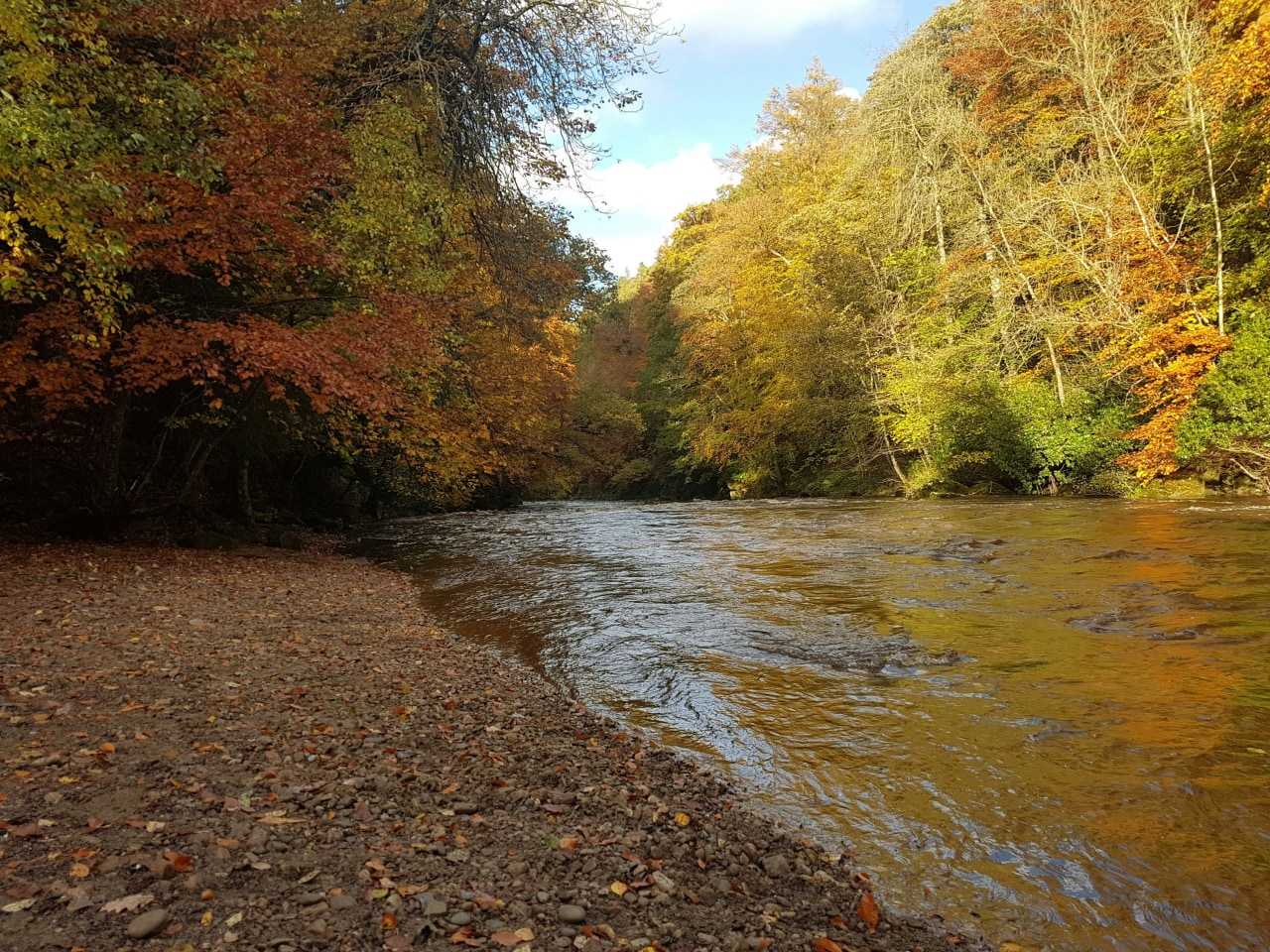
A rich mix of habitats, with heather-clad moors, rich farmland and ancient woodlands, Northumberland National Park is a haven for wildlife. Add into the mix the county’s fine coastline – with its sweeping beaches, sand dunes and several uninhabited islands – and it becomes clear that Northumberland is a great place to experience British nature at its best.
Below, we’ll run through some of the many animal, bird and plant species you could come across in this biodiverse part of the North East, with tips about when and where to see them up close. Whether you’re looking to see birds of prey, waterfowl, red squirrels or dolphins, keep reading to find out more about the wonderful wildlife of Northumberland.
Birds
Farms and moorlands
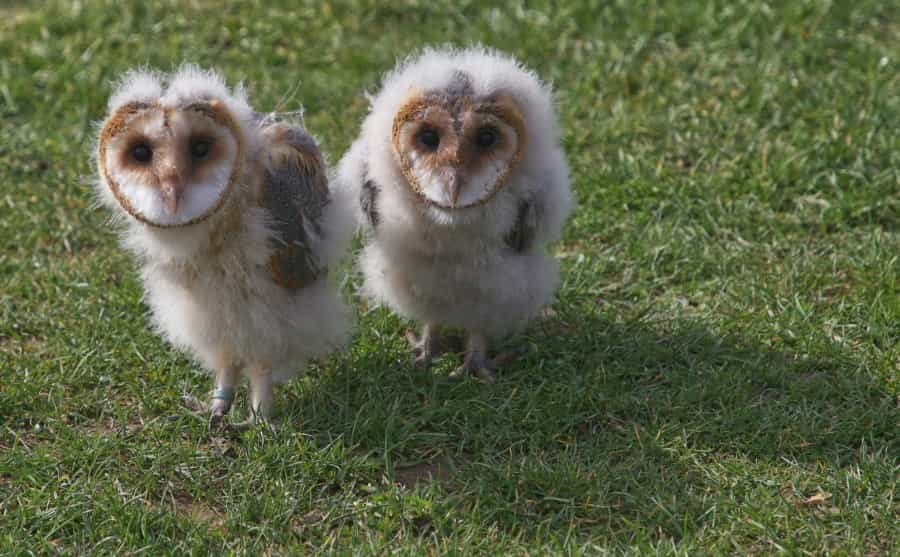
-
Barn owls are often seen around dusk around Northumberland. These ultra-light hunters need low wind levels to fly, so keep an eye on the sheltered side of fields and hedgerows. You may also hear them when out and about – rather than hooting, barn owls make a high-pitched screeching sound.
-
Grouse are present in large numbers throughout Northumberland National Park and beyond. Two species – red and black grouse – live here. The more common are red grouse, which live in the heather-covered parts of Northumberland’s vast moorlands all year round. Unfortunately the once-common black grouse is now increasingly rare, with just a few birds living in areas like Redesdale and the Cheviots.
-
The rare red-backed shrike is an attractive seasonal visitor to the eastern half of Northumberland and is sometimes spotted or heard here in the warmer months. Around the size of a large sparrow, the males of this beautiful species have a bluish-coloured head with a bright brown back.
Wetlands and rivers
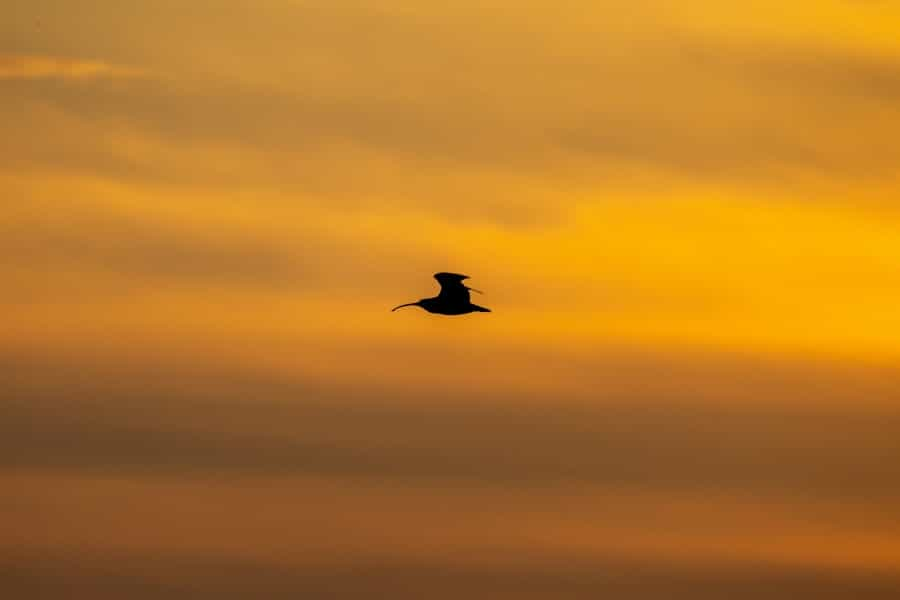
-
Curlews may be spotted in wetlands and marshes around Northumberland, as they move between wetlands and moors (particularly in the summer). As the largest wading bird in the UK, they are relatively easy to identify thanks to their long, curved bill.
-
Dippers are often seen along Northumberland’s rivers, particularly in upland areas. These chunky little birds like to sit on a stone or stick in the middle of a river or stream, where they feed on insect larvae and freshwater shrimps.
-
Grey wagtails (which, confusingly, usually have a distinctive yellow stomach) are often spotted hunting for prey in the same habitats as dippers. They can sometimes even be seen in towns, as long as there’s a fast-flowing river or stream nearby.
Coast and islands
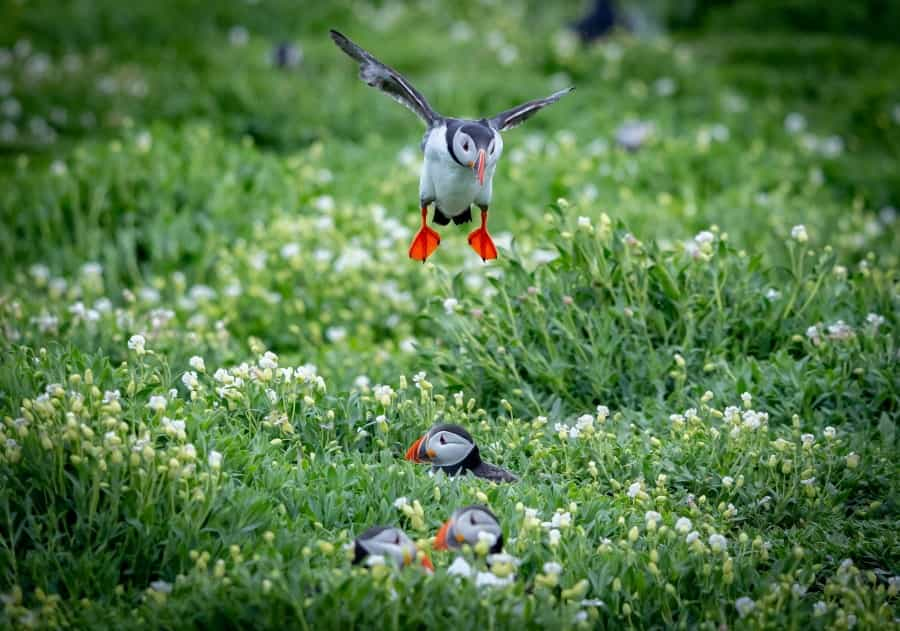
-
Puffins and their close cousins guillemots live on cliffs and rocks off the Northumberland coast. They are found in their greatest numbers around the Farne Islands off the coast near Bamburgh.
-
Colourful teal ducks are found along the Northumberland coast, particularly in the intertidal zone around Lindisfarne, which is one of the most important estuary systems in the UK.
- Gannets are sometimes seen along the Northumberland Coast. Want to see these majestic birds in greater numbers? The UK’s largest gannet colony is 45 minutes’ drive north of Northumberland in Dunbar, East Lothian.
Mammals
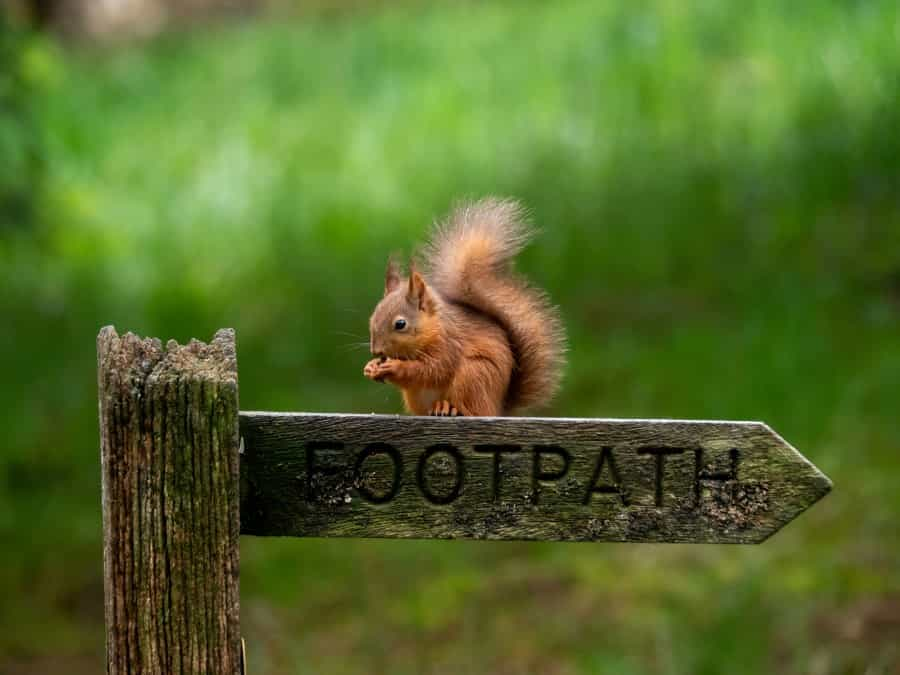
-
Red squirrels are still present in much of Northumberland. Although they are sometimes elusive and less commonly spotted than invasive grey squirrels, there are lots of undisturbed woodlands throughout the county where you may be in with a chance. To maximise your opportunities of a sighting, head to the dedicated red squirrel hide at Kielder Castle.
-
Feral goats have been living in the upland parts of Northumberland for hundreds of years and predate modern domestic breeds, often by several centuries. These hardy hill dwellers are most often found in the Cheviots, where they live a totally wild existence.
- Roe deer are the only native deer species that is regularly spotted in Northumberland National Park. They are most active at dusk, where they can often be seen in small groups (if you don’t see their faces, you may well see their bright white bottoms as they run away). There is also a non-native herd of fallow deer in and around Billsmoor Deer Park in Simonside, where they were introduced in the 19th century.
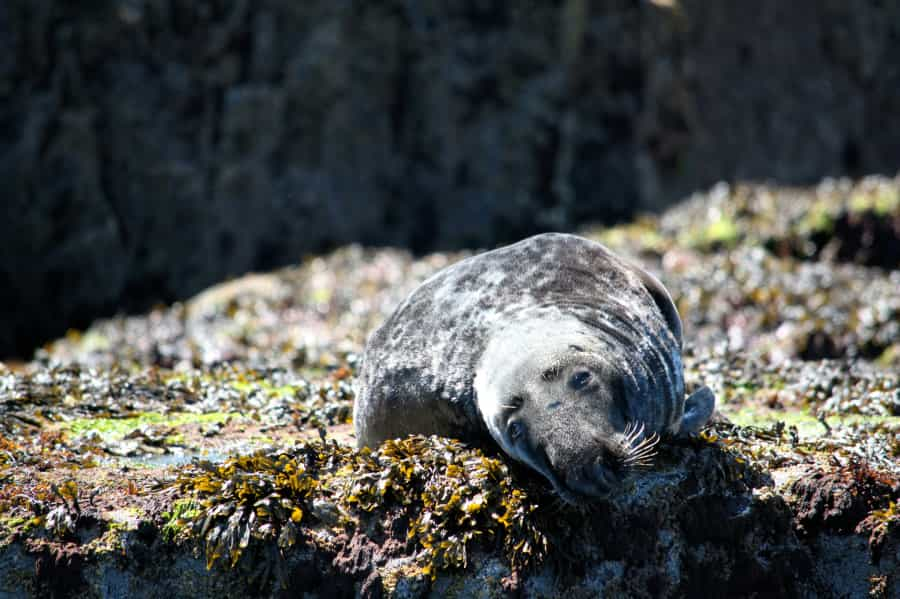
-
Common seals and grey seals can be spotted swimming in the waters of Northumberland and bathing on secluded beaches here. It’s counter-intuitive, but despite the name there are actually more grey seals than common seals in this part of the North East.
-
Dolphins and other cetaceans are sometimes spotted around Northumberland, although they are less common than seals. To maximise your chances of a sighting, book a wildlife-watching cruise (see further details below).
Plant life

-
Heather proliferates in Northumberland and is particularly spectacular on the Simonside Hills and Otterburn Ranges in the summer months. There are several species of heather in the county, and the best time to see them all in full bloom is during August.
-
Ancient woodlands can be found dotted around the county, with favourite locations including Thrunton Wood and Harbottle Wood. While they are gorgeous and full of flora and fauna throughout the year, late spring is a particularly special time, as the forest floor comes alive with a carpet of bluebells.
- Wildflowers and orchids exist in great variety in the Northumberland National Park and beyond. Popular areas to enjoy wildflowers include the coast and dunes around Warkworth, Scotch Gill Wood near Morpeth and the area of Lindisfarne known as The Snook. Visit the Northumberland Wildlife Trust website for a visual guide to help with species identification.
Northumberland wildlife experiences
Wildlife hides
Bring your binoculars and head to one of the many wildlife hides in Northumberland.
-
Kielder Castle – Great for viewing red squirrels, but you are likely to see woodland bird species too.
-
Hauxley – Best known for its birds and butterflies, this wetland hide is also one of the best places to see red squirrels.
-
Druridge Pools – There is a screen hide and a covered hide here, both of which have good visibility over the surrounding meadows and pools. This is one of the best places in Northumberland to see wading birds and other waterfowl.
Nature reserves
There are dozens of excellent nature reserves to visit in Northumberland, but these are a couple of our favourites.
-
Lindisfarne National Nature Reserve – All of Holy Island is on protected land, as is much of the surrounding area. Natural England has produced a downloadable leaflet with information about species you could spot here and guidelines to follow to minimise disturbing the wildlife.
-
Gosforth Nature Reserve – Just north of Newcastle city centre, Gosforth's urban nature reserve is home to a surprisingly wide range of species and is very easy to access by both car and public transport.
For a full list of local nature reserves, check out Northumberland County Council’s website.
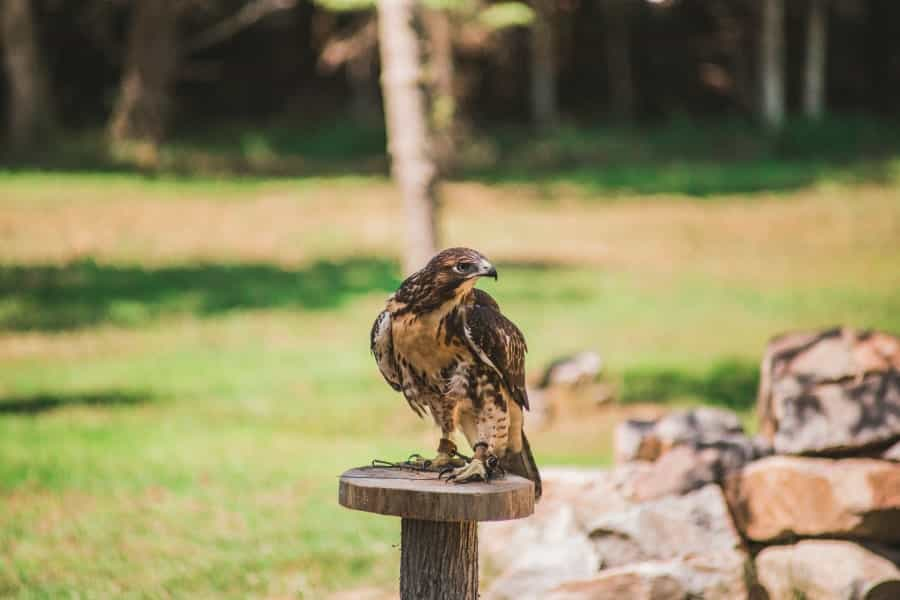
Paid experiences
-
Kielder Water Birds of Prey Centre – Home to one of the largest collections of birds of prey in the North of England, Kielder Water Birds of Prey Centre also offers introductions to falconry and other wildlife experiences.
-
Wildlife cruises and boat trips – Various operators run regular wildlife cruises and boat trips out of Seahouses, Amble and Berwick-upon-Tweed. For visits to the Farne Islands and its large puffin colony, head to Seahouses (some boats land on the islands while others sail around them – check with the operator in advance).
- Northumberland Wildlife Trust events – To find out more about the fantastic wildlife in Northumberland and to meet members of the local conservation community, check out the events organised by the very active Northumberland Wildlife Trust.
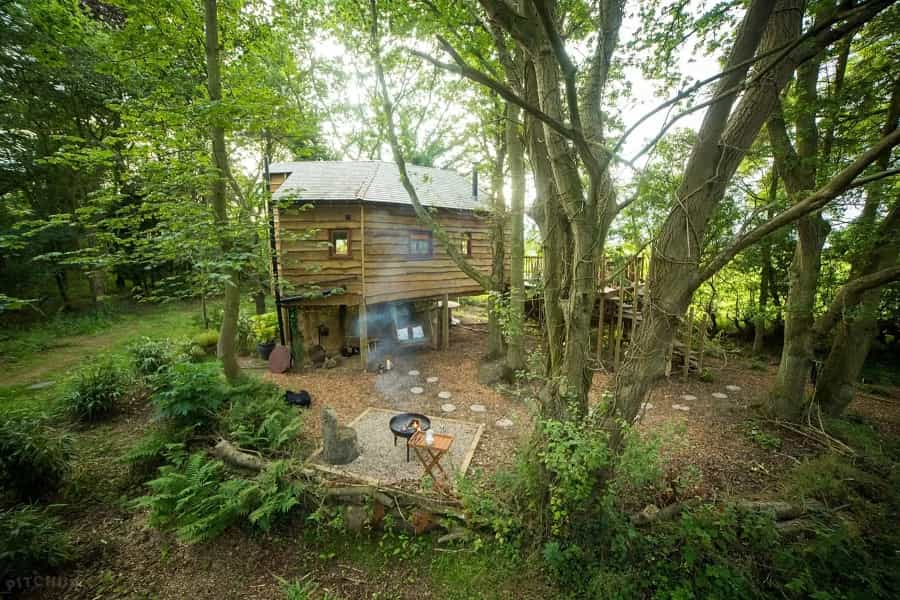
If you’re looking for other ways to connect with the natural world in Northumberland, you might be interested in our page on stargazing in the national park, which is home to several dark sky areas.
Looking for somewhere to stay during your wildlife safari? Outdoor accommodation gets you even closer to nature, so make sure to explore Pitchup's range of camping, glamping and caravan parks in Northumberland.